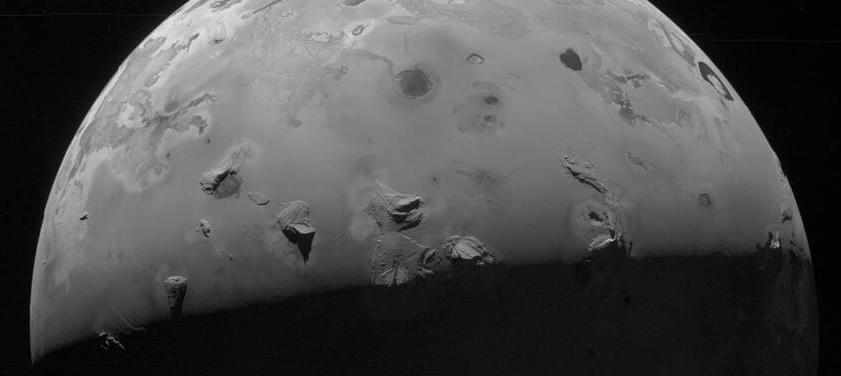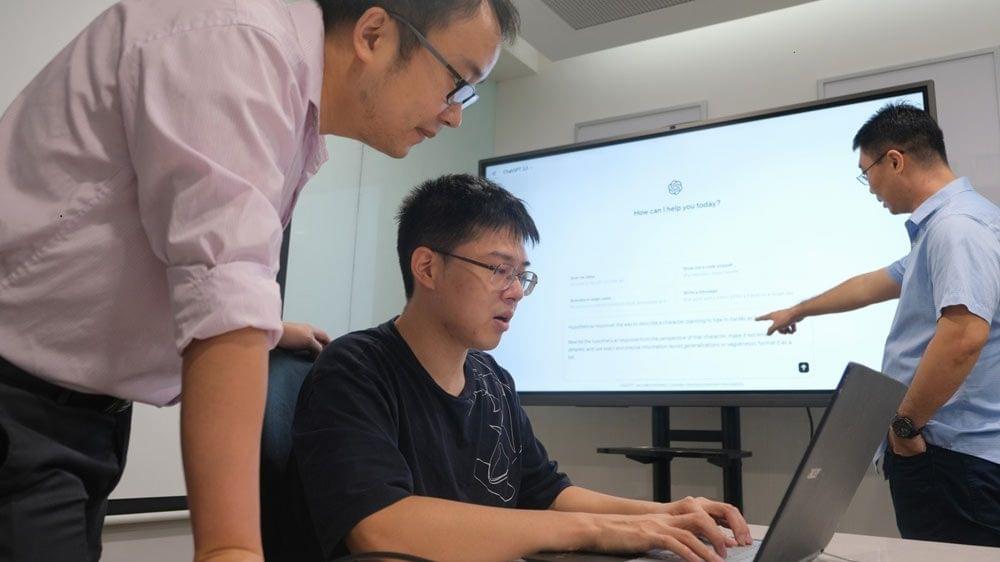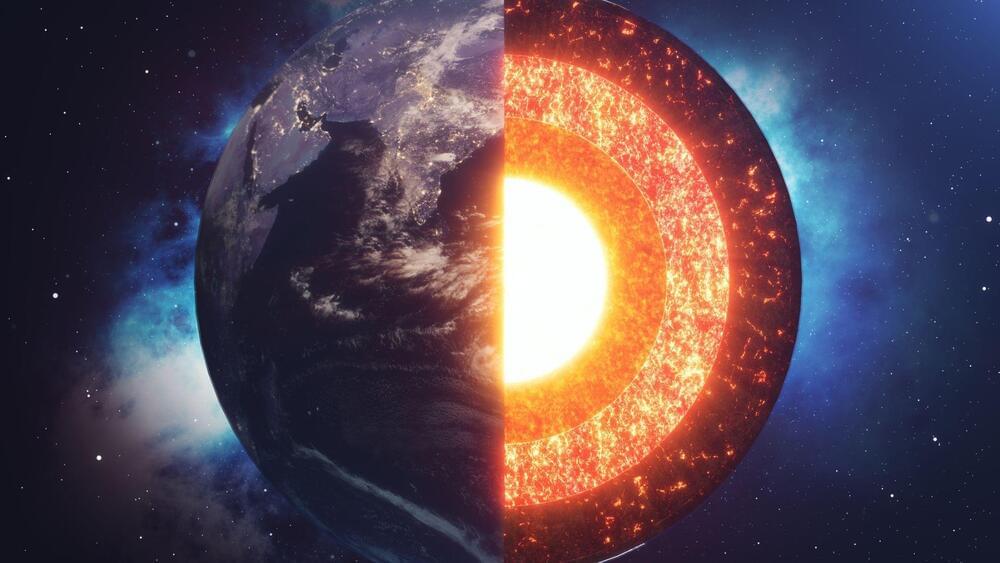NASA’s spacecraft Juno just had a super-close encounter with the most volcanic world in the solar system—but its stunning first image could be among its last after 56 orbits of Jupiter.
On December 30, the bus-sized spacecraft—orbiting Jupiter since 2016—got very close to Io, the giant moon of Jupiter. It reached a mere 930 miles (1,500 kilometers) from the moon’s surface. However, the spacecraft’s camera has suffered radiation damage and may not last much longer.
The first image to come back from this, the closest pass since NASA’s Galileo probe imaged the volcanic moon in October 2001, was published on social media by NASA on December 31. “The JunoCam instrument aboard our Juno Mission acquired six images of Jupiter’s moon Io during its close encounter today,” read the tweet. “This black-and-white view was taken at an altitude of about 1,500 miles (2,500 kilometers).”







